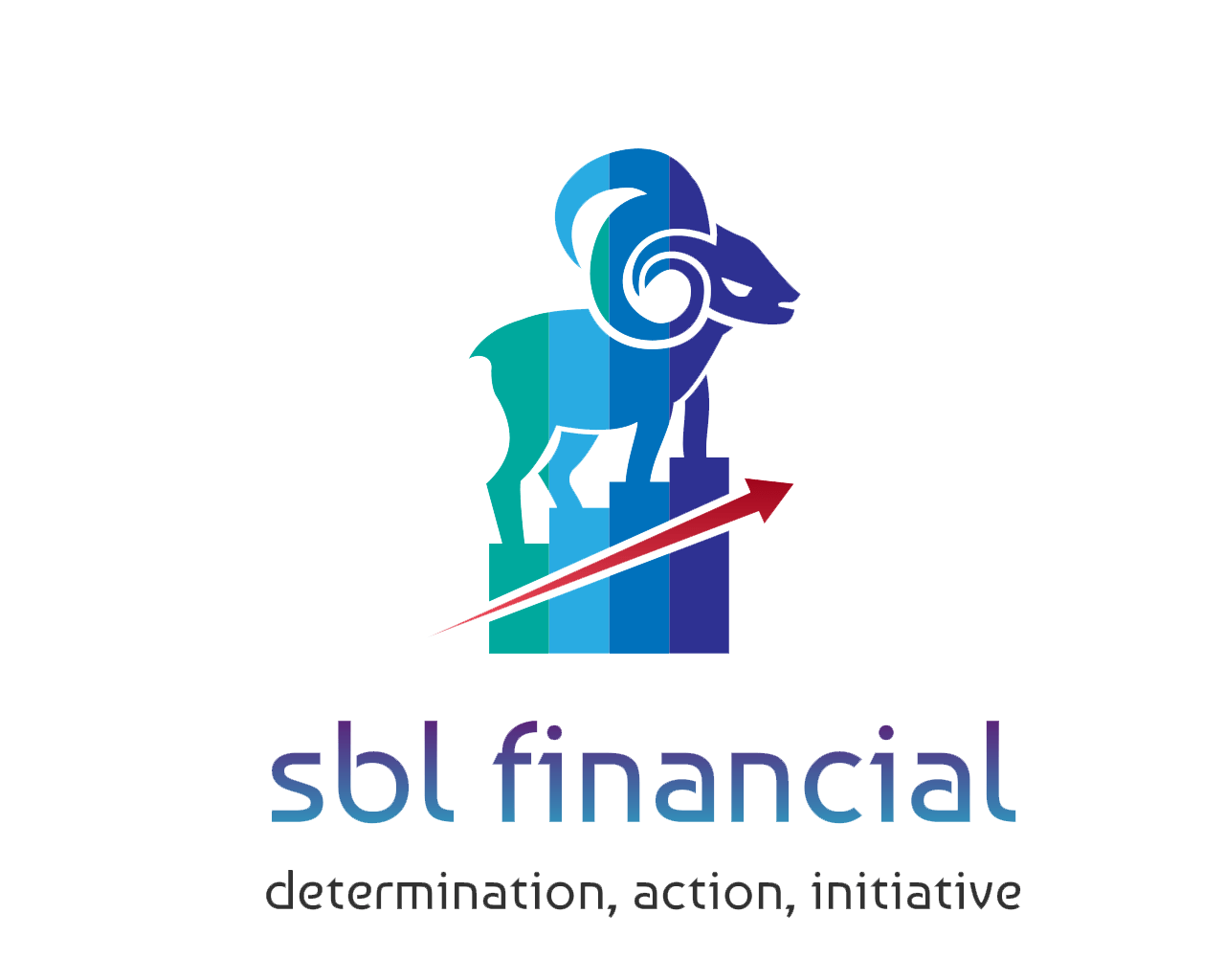bridging loan
Introduction:
When timing becomes critical in property transactions, bridging loans emerge as a valuable tool. These loans serve as a temporary financial solution, allowing individuals to navigate the complexities of buying a new property while waiting to sell an existing one as well as fast private transactions and auction purchases. SBL Financial are able to offer not only unregulated bridging loans, but regulated, second charge bridging as well as bridge-to-bridge in certain circumstances.
What is a Bridging Loan?
A Bridging Loan is short-tern finance which enables people to not only purchase at speed, due to it being quicker than traditional finance but also gives you the flexibility to work or change the asset while held in the bridge which could be fixing a defective title splitting into leases, building work to name a few scenarios and as such this would not be suitable for traditional mortgage purposes. Ultimately, bridging gives the customer flexibility with the asset that traditional lending is not able to offer.
The Purpose and Benefits of Bridging Loans:
Quick access to funds:
Property chain breaks enables you to finance a new property whilst your existing property has not sold or waiting to be sold and you do not want to lose you onward purchase.
Properties deemed unsuitable in their current state for mortgage purposes.
Types of Bridging Loans:
Regulated bridging loans: This is where you have lived or live in the property or plan to move into the property and therefore it becomes regulated and you will need a regulated bridging loan.
Unregulated Bridging loans: This is where you plan to rent out or develop and sell a property.
Serviced Bridging loans: This is where you service this interest every month.
Retained Bridging loans: This is where your gross loan and net loan is different which is because they have typically retained 12 months payments in advance. If you pay the loan back quicker than 12 months, the gross amount you need to pay back will be reduced accordingly.
First Charge Bridging: This is where the bridging loan is securitised as the charge on the property and building.
Second Charge Bridging: This is where there is already security and this bridge goes on top or behind the original securitisation.
Bridge-To-Bridge: This is where you have been unable to exit your existing bridge which could be for a multitude of reasons, and you need to bridge your bridging loan with another bridging loan. This is, however, quite niche and a lot of lenders do not like doing this, so you will have to have a good reason, circumstance and make sure you can exit and have a robust exit strategy.
Considerations and Risks:
Higher interest rates: Interest rates are done monthly and could be as an example, anywhere from .5% a month going all the way up to 2.5% a month. So, the quicker you can get out of the bridge, the cheaper it will become.
Financial risks: The bridge is a short-term loan, typically a maximum pay-back period of 12 months, although many bridging lenders are doing 18 months on development to make sure you have ample time to exit. Good Bridging is having a robust and defined exit strategy, bad bridging is going into a bridge blindly and having no exit strategy. It is imperative to make sure you have an exit strategy that works, 6or you should not enter a bridging loan as you have to exit.
Property market fluctuations
Who Can Benefit from Bridging Loans?
- Homeowners
- Property developers
- Auction Purchases
- People who need fast transactions
- People wish to purchase a property who are in a distressed state
- Property that is not suitable for mortgage purposes
Steps in Obtaining a Bridging Loan:
- Eligibility and application process
- Financial assessment
- Property Assessment
- Exit Strategy, and this is the most important thing as we have to exit the bridge, so the exit strategy has to be robust and understood at the time of the bridging application
Conclusion:
Bridging loans serve as a crucial tool in navigating the complexities of property transactions, offering a temporary financial bridge when timing is crucial. However, they come with risks and require careful planning. Prospective borrowers should weigh the benefits against the potential pitfalls and seek professional advice to ensure a seamless and well-managed transition in their property transactions.



